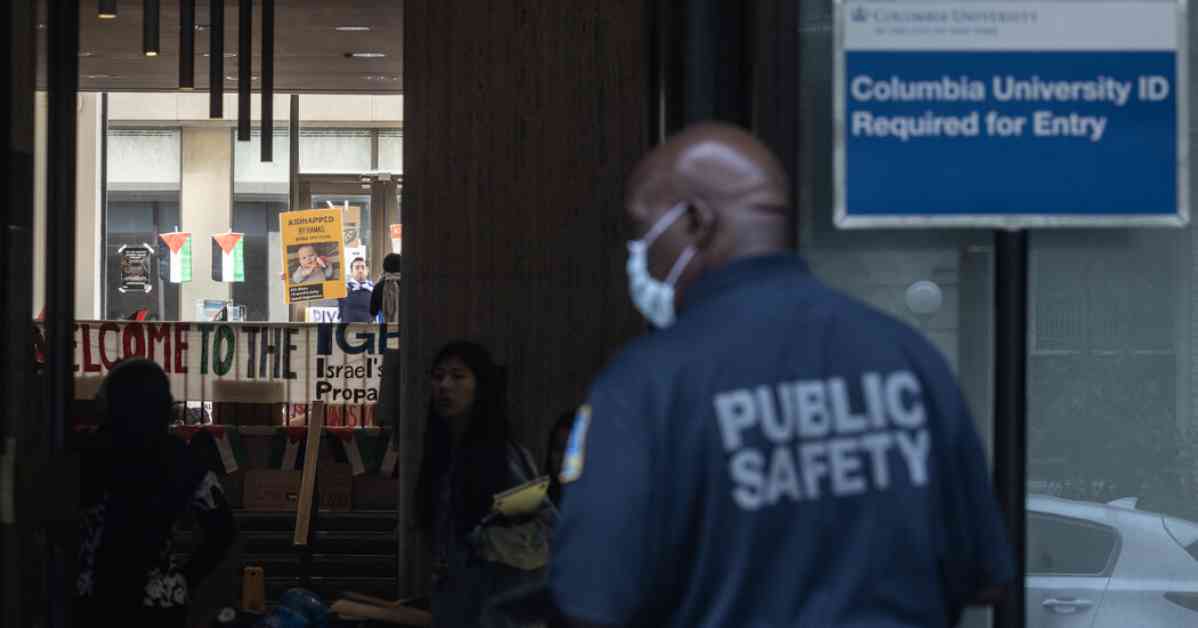Challenges Faced by the Campus Protest Movement
In recent years, the campus protest movement has gained momentum, with students across the United States voicing their concerns on various social and political issues. One prominent cause that has sparked protests on campuses is the conflict in the Middle East, particularly the Israeli-Palestinian conflict. Pro-Palestinian demonstrations have been held at several universities, including Columbia University, where students have called for solidarity with the Palestinian people and criticized the actions of the Israeli government.
However, despite the growing interest in campus activism, there are several challenges that these movements face. One of the main obstacles is the implementation of new restrictions by universities to control protests and maintain order on campus. At Columbia University, for example, new protest rules and security measures have been put in place to regulate demonstrations and ensure that they do not disrupt the normal functioning of the university.
Impact of New Restrictions on Campus Protests
The introduction of new restrictions on campus protests has had a significant impact on the ability of students to organize and mobilize for their causes. At Columbia University, where pro-Palestinian demonstrators have been active in recent months, the new rules have made it more difficult for students to hold large-scale protests and attract widespread support.
For instance, on the first day of the semester, a group of pro-Palestinian demonstrators picketed outside Columbia University’s main gates, urging students to boycott classes and accusing the university of complicity in genocide. However, the turnout was relatively low, with only around 50 protesters present. This could be attributed to the new security measures that require individuals to have valid IDs to enter the main campus, leading to long lines and inconvenience for students without proper identification.
Strategies to Overcome Hurdles and Gain Momentum
Despite the challenges posed by the new restrictions, there are strategies that campus protest movements can employ to overcome these hurdles and gain momentum. One approach is to leverage social media and online platforms to reach a wider audience and mobilize support for their cause. By creating digital campaigns and sharing information online, activists can raise awareness and encourage more students to participate in protests and demonstrations.
Additionally, collaborations with other student organizations and community groups can help amplify the voices of campus protesters and strengthen their impact. By forming alliances with like-minded individuals and groups, students can build a broader coalition and increase their visibility on campus and beyond.
Furthermore, engaging in dialogue and communication with university administrators and faculty members can also be beneficial in addressing concerns and finding common ground on contentious issues. By fostering open and constructive discussions, students can work towards creating a more inclusive and supportive campus environment for all members of the community.
In conclusion, while the campus protest movement may face challenges and obstacles, there are opportunities for students to overcome these hurdles and continue to advocate for social justice and equality. By employing strategic approaches, leveraging digital platforms, forming alliances, and engaging in dialogue, campus activists can revitalize their movements and gain momentum in their pursuit of meaningful change.
